Conflicts between societies and countries, despite so much of advancements in education, science & technology, have become alarming to an extent that if the human civilization will not open a serious discourse and take effective measures in the coming 21st century, the human aggression will one day turn out to be fatal for the existence of entire mankind, as Stephen Hawking pointed out while discussing the dangers for the coming generations. Many of us believe, especially after the COVID 2019 pandemic, that PRC (or China) has gone rogue due to its nefarious exercises in various domains, as a result of which, it has become a major concern and threat to the world, especially India.
Dwight D. Eisenhower, 34th President of U.S.A, on March 26, 1958, although, pointed out that the United States and other nations should proceed with their peaceful program in space science and exploration, the immensely ambitious spacefaring nations lecherously crave dominance over the outer space. The Outer Space Treaty (OST) was formed in 1950, after the intercontinental ballistic missiles (ICBMs) were developed, with the ability to hit the targets, while travelling through space. The OST endorses the “peaceful use of space” by nixing the use and testing of nuclear weapons, military operations and bases in space. While the OST massively forbids the claim of dominance over space by any nation, it is still obscure on the use of conventional weapons in space and its commercialization. In addition, OST guidelines on banning military activities in space are highly groundless. As for China, the success of the “Two Bombs and One Satellite” project laid the foundation for advanced science & technology programs for its national defense. Even though space technologies have led to the significant advancement of the social well-being in 21st century, space has no longer remained a peaceful domain, because spacefaring nations like China have powerful ambitions to militarize space. Over a period, outer space has become a massively important domain in military operations since space assets of any country provide significant support to its military operations. This is a crucial aspect that has to be embraced while preparing the national security policy of India. Due to the increased space activities, there is an increase not only in the space competition, but an increase in the number of satellite launches, resulting in space debris, and an increase in the “serious level” of distrust between the spacefaring nations. This could lead to a “security dilemma” in the region, as also pointed out in 2019, by space security experts like Ajey Lele and A.M. Lubojemski in their works published separately in Astropolitics. A security dilemma resulting from outer space activities between China & India can generate insecurity, and instability and this is something that can even trigger a war.
Outer space offers myriads of prospects as well as risks that eventually bring about the concerns of space commercialization, space militarization and most importantly space war. Certainly, there is a flagitious ‘space-race’ going on the earth among the countries whose aftermaths are unimaginably precarious. Looking into the geopolitical situation of south Asia and China, it becomes even more challenging to handle the adversaries from both the borders of India i.e. western as well as eastern. The eastern border has a long Himalayan range, so, the landscape and weather conditions on the western side are very different from that of the eastern side, and, in order to face simultaneous challenges from both the adversaries i.e. Pakistan and China, the government machinery of India have to develop capabilities to tackle them. This is definitely not going to be easy, considering the fact that various other factors could pitch in and make the problem even more severe. One such factor is “outer space”, which acts a force multiplier for the air power, where both Pakistan and China are inclined to disturb the “peace” in the outer space and the primary support for such kind of activities appear to come primarily from China since it is much more superior in terms of science & technology compared to Pakistan.
Militarization of space is not a new concern as major space powers like USA and Russia have developed capabilities like kamikaze and stalker satellites to disable or destroy enemy satellites, but, what is distressing in the 21st century is the huge investment and acceleration of offensive as well as chest-thumping projects on outer space by China. One of the China’s chest-thumping exercises in space took place on 11 January 2007 when the Chinese People’s Liberation Army (PLA), for the first time in its history, destroyed its own heavy, weather satellite, thereby showing its capabilities to the world through the launch of direct- kill, anti-satellite test (ASAT 2007). The direct hit to the defunct satellite created a large cloud of long-lasting space debris, the presence of which, will continue to create a serious threat for a long time to the existing International Space Station (ISS), and other orbiting satellites in the Low Earth Orbit (LEO). The controversial ASAT test by China had the potential to aggravate the spacefaring nations and such an event could be treated as a violation of the “Peaceful Uses of Outer Space”. In the last ten years or so, China has performed several tests, e.g., in 2013, China tested one of its satellites in a geosynchronous orbit, and where USA’s ISR satellites were placed which are generally deployed for spy activities. In 2015, again, satellites were tested by China, which was strong enough to destroy the USA’s satellites orbiting outside the earth’s atmosphere. During the launch of Aolong-I spacecraft, in 2016, China came up with a false claim and called the mission a “Debris Cleaner” in space, while the other reports red-flagged it to be an “Anti-Satellite Weapon” as it had a robotic arm designed for multiple uses. China has developed counter-space capabilities, equipped with anti-satellite missiles, satellite jammers and direct energy weapons. With these capabilities, China’s PLA can target the enemy satellite and shoot it within the blink of an eye. The “peace” proposition is lost when we scan the entire spectrum of Chinese space capabilities, as Chinese space weapons exist today only to dread the world and leave humanity to keep guessing about some horrific adversity in the future. In April 2011, NASA banned the involvement of Chinese astronauts and scientists in ISS due to security concerns, and, thereafter, China established its own crewed- space station, up in space where the visit of an astronaut and scientist, associated with NASA in any form, is highly forbidden. The Chinese space station has posed a threat to the world, as there is a high potency of the Chinese abducting the orbiting satellites of the target nations, or most wickedly, it may cause serious damage to the human life, active in the ISS. China is empowering its PLA and posturing for a vivacious war in the heavens in the future. The Chinese defense white paper of 2019 gives a strategic tenor to outer space. It is, therefore, clear that, along with the integration of space military capabilities, China is enraptured in the development of anti-satellite weapons and lethiferous counter-space technologies of various kinds that bestow the security and military needs of any country and poses a threat to U.S.A. as well as Russian satellites.
China, under its “China’s dream of becoming far stronger than the United States of America,” is aiming for better prosperity and global influence and it aspires to become a super-power in the next 20-30 years from now. Such a Chinese dream of becoming the world leader has been reflected in the recent past and the road to the Chinese dream will go through the development of advanced space programs, according to Xinhua. Now China has developed advanced technological capabilities in space some of which have disruptive capabilities. Moreover, the Beidou Satellite Navigation System developed by China, and the third after the US Global Positioning System (GPS) and Russian GLONASS system, has placed several satellites in space, thus the Beidou constellation continues to expand. The space capabilities developed by China is providing a strong boost to Pakistan’s space program, e.g., China has launched two satellites in Pakistan on 9 July 2018 from the Chinese soil, in fact, one of the satellites, i.e. Pakistan Remote Sensing Satellite or PRSS-1, was developed for Pakistan by China Academy of Space Technology. An agreement was signed in 2019 between China and Pakistan on space exploration and that would see both states develop space-related science and technology, undertake astronaut training and carry out space missions. The technology transfer through CPEC and other routes and the increased cooperation between China and Pakistan, are a serious concern for India because the PRSS-1 is equipped with advanced instruments and technologies that could be used to keep an eye on India. It is, therefore, Xi Jinping’s vision of modernization and the Chinese dream appear to be very aggressive as it can have serious repercussions on India in the future. In the United Nations, China prefers to avoid discussing its serious level engagements with its all-weather friend i.e. Pakistan outer space. On one hand, Xi Jinping is aiming toward making China a space power, on the other hand, he had developed a station in SUPARCO, Pakistan for Beidou navigational system, which means that in days to come Pakistan is going to rely on Beidou to a large degree and its military will no doubt utilize the Beidou data against India.
According to some of the recent reviews of the US-China Economic and Security review commission, China’s modernization puts an emphasis on the development of dual-use technology and fusion of military-civil objectives for the military as well as economic growth. China considers space as a new battlefield. It develops false justifications and propaganda, e.g., on Shijian-17 satellite capabilities, China maintains that the satellite can be utilized for communication and space debris, but, in reality, the satellite has a robotic arm that has the potential to disable a satellite. In the document of China presented in the United Nations General Assembly (UNGA Resolution 75/36, 2020), there is hardly any discussion of Chinese ASAT 2007, rather it blames USA for inciting China and insufficient peace laws for outer space. By blaming USA, China tries to justify the aggressive space strides that it has undertaken since the beginning of the 21st century. While in UNGA, China pops up to stand for the peace in outer space, regardless of its contentious space programs, it is quite likely that China just takes a fancy to engage the entire world by working on the lines of “hide your capacities, bide your time”.
The most basic factor behind the plummeting relationships between India and China is the long-term border dispute between the two countries. Even more surprising is to see that despite so much of efforts in the last 80 years or so on the international relations between China and India, China has its own, separate way of executing things, and every time, it comes with surprises of a kind that proves that negotiations and peace talks do not matter much for China, as it has its own way of handling issues and developing programs in a manner that could be considered highly non-standard, fatal and nefarious. After several efforts, visits, and negotiations, the relationships between the two Asian giants abruptly become very critical, it can be understood from the frequent skirmishes along the Sino-Indian border regions that were noticed by the entire world. China is a land of turmoil, it suffers, from middle-kingdom syndrome and pokes the world, and shows its ignobility in outer space. It is a country that has witnessed horrible incidents like the Great Famine of China, the Tiananmen Square massacre, and COVID-2019 outbreak from Wuhan. The Guangxi massacre cannot be discounted in any manner but China suppresses horrific incidents of cannibalism. The nuisance in Tibet on the ecosystem of China is already well documented. China, no doubt being supercilious, with the mentality of “winner at any cost”, emerges not just as an economic power but rather a threat to not only many countries but the emerging human civilization, earth and outer space. Thus the question arises whether and how China should be ‘dealt with’ firmly by the world’s major forces. The hodgepodge of China’s space program with its Chinese mindset is going to create a lot of ruckus in outer space in the near future that can turn out to be disastrous for the deep space missions and the human space endeavors.
Under Modi’s leadership, India has witnessed a major development and an unprecedented rise in the space domain. India showed its potential through Mission Shakti, i.e. India’s ASAT 2019, and it is a carefully orchestrated plan compared to China. India has its own GPS named “NAVIK” that can be used to gather data during times of conflict along the borders. The commercial arm of India’s Space Research Organization i.e. New Space India Limited (NSIL) has come into the picture. NSIL will be involved in PSLV production, SSLV manufacturing through Indian industries, launch services and prosper private entrepreneurship in space-related technologies. India appears to follow the Space 2.0 approach that was advocated by the space security experts like Malcolm Davis associated with an Australian think tank. The agencies like Defense Space Agency to handle the military issues and threats of space have come into the picture. In order to bring improved operational mechanisms in the area of Space Situational Awareness or SSA, the Directorate of Space Situational Awareness has been established, and the Network for space object Tracking and Analysis NETRA project has been initiated to keep a track from a control center on space object using radar and optical telescope. India’s space organization ISRO has signed MoU with research institutions like the Indian Institute of Astrophysics, Bangalore and ARIES, Nainital to develop space situational awareness capabilities. NETRA will be controlled from ISTRAC campus located in Bangalore. The deep-space missions of India are already in place and more such missions are under development. It is expected that a lot of spin-off technologies will be developed that would be helpful from the viewpoint of intelligence & security. India’s cooperation on SSA should be improved with European Space Agency and European Union. While China is showcasing its space-military capabilities, like ASAT, through its zero-sum games on space, then advocating “peaceful use of outer space” globally, India, on the other hand, should opt a reverse approach in a subtle manner and expose China to the international platform.
The development in India’s space sector is not of offensive nature. The programs like NASA-ISRO SAR (NISAR) can be visualized as a positive engagement between two space agencies. Moreover, India is inclined toward space debris diminution and effective management of space. In UNGA resolution 75/36, India is determined to use space for welfare and opposes space militarization. The basic governing principles of India’s foreign policy advocates peace, mutual respect and sustainability. In space cooperation, India should continue to engage meaningfully within the bare bones of the Quadrilateral Security Dialogue or the QUAD. The member countries of QUAD have already shown a lot of “restraint” and “responsible behavior” on the nuclear and space issues in the past, therefore, the QUAD has to stay relevant and effective in the future. When and how the private players will be included in the space-related technological developments while adopting the Space 2.0 approach would be an imperative within the QUAD setup. With increased cooperation on various domains with QUAD, it would be possible to reach a level of cooperation, where it would be easy for the emerging, spacefaring nations like India to persuade the world for a long-time on peaceful usage of outer space, space security & safety and increased sustainability for the coming 21st century.
* The authors belong to Plasma Astrophysics Research Laboratory of Dr. K.A.P. Singh, Department of Physics, Institute of Science, Banaras Hindu University, Varanasi 221005, UP, India, email: alkendra.solarastrophysics@gmail.com, dishavarshney2@gmail.com.








 OpinionExpress.In
OpinionExpress.In
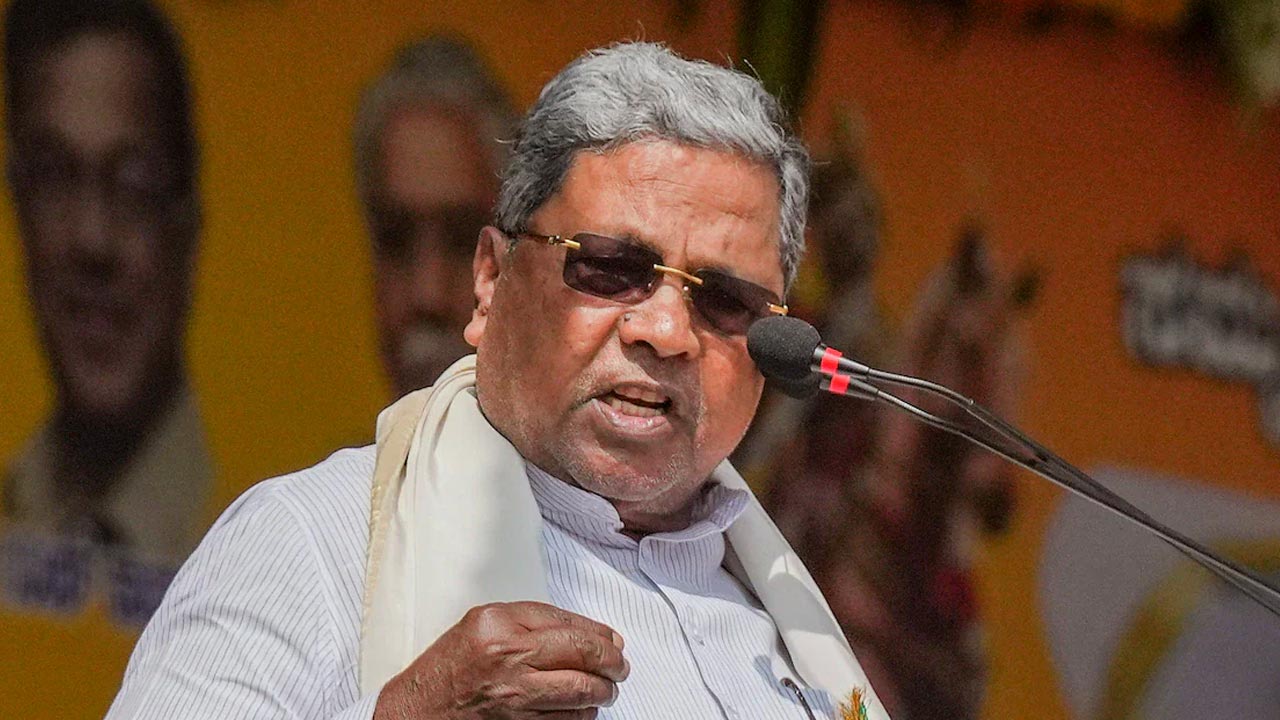
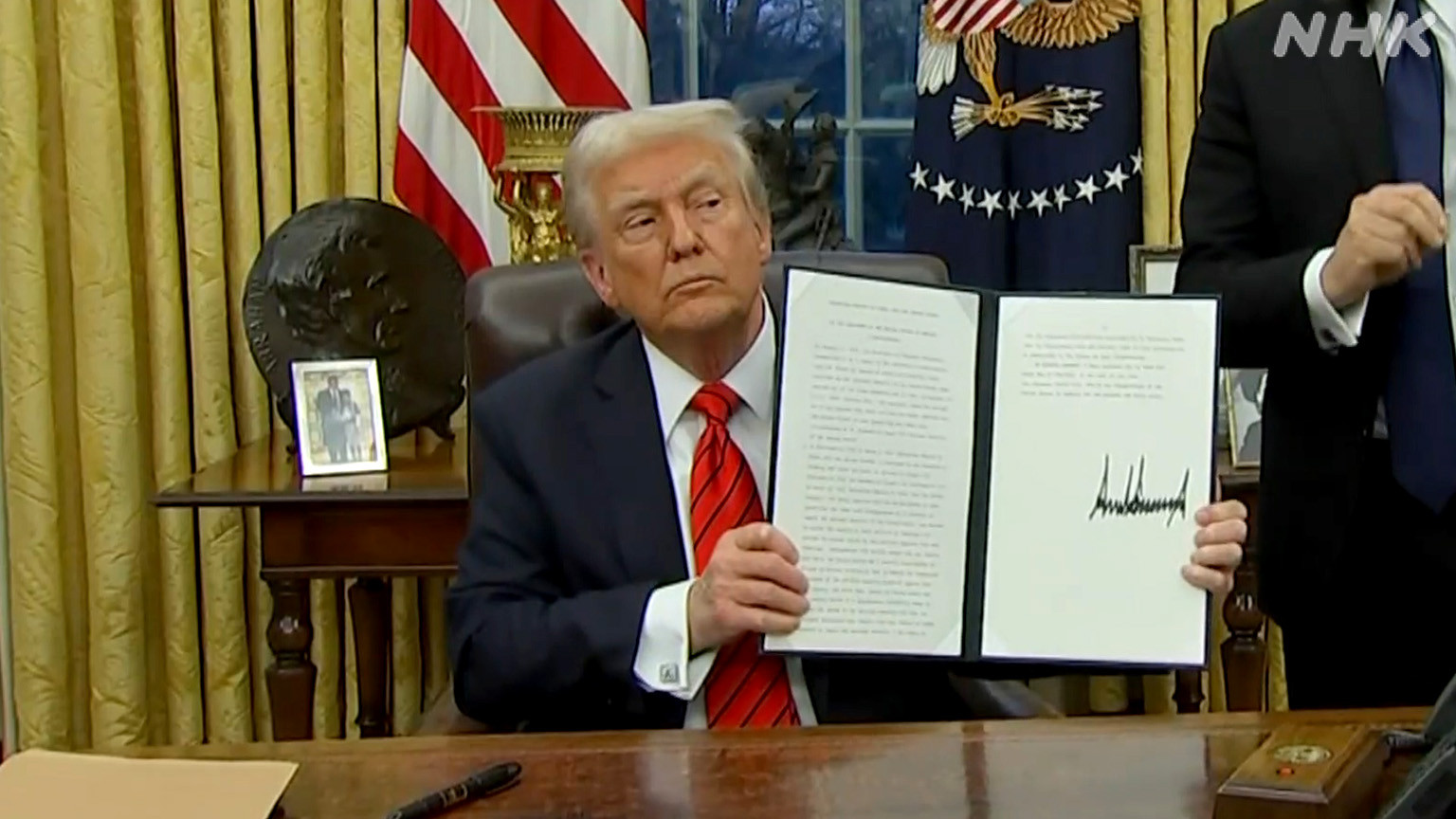
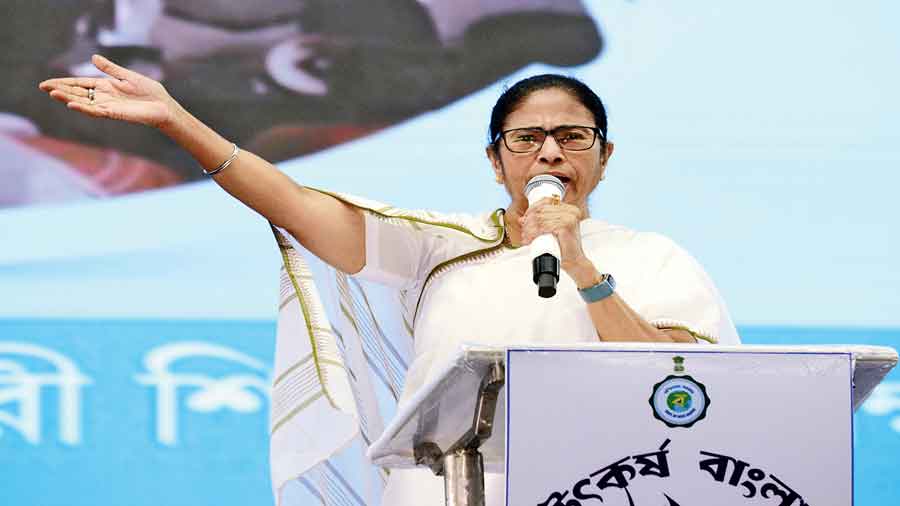
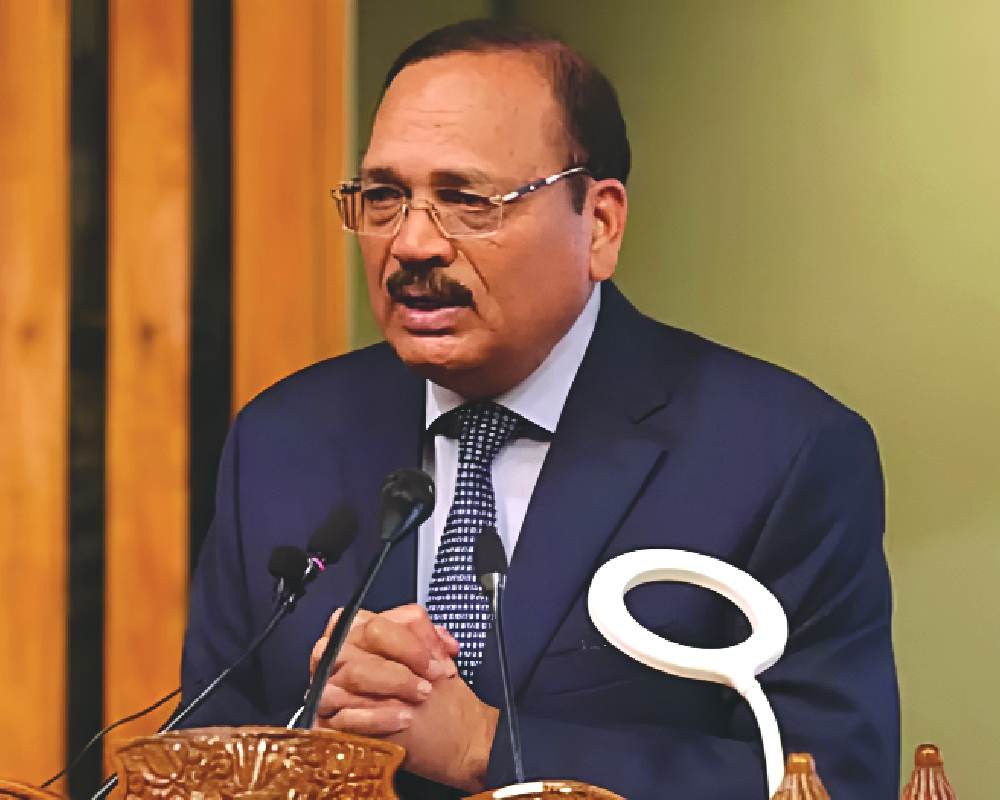
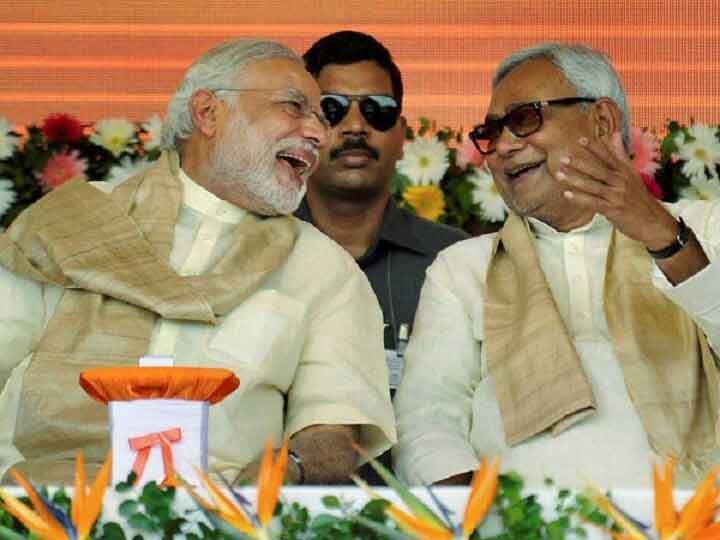

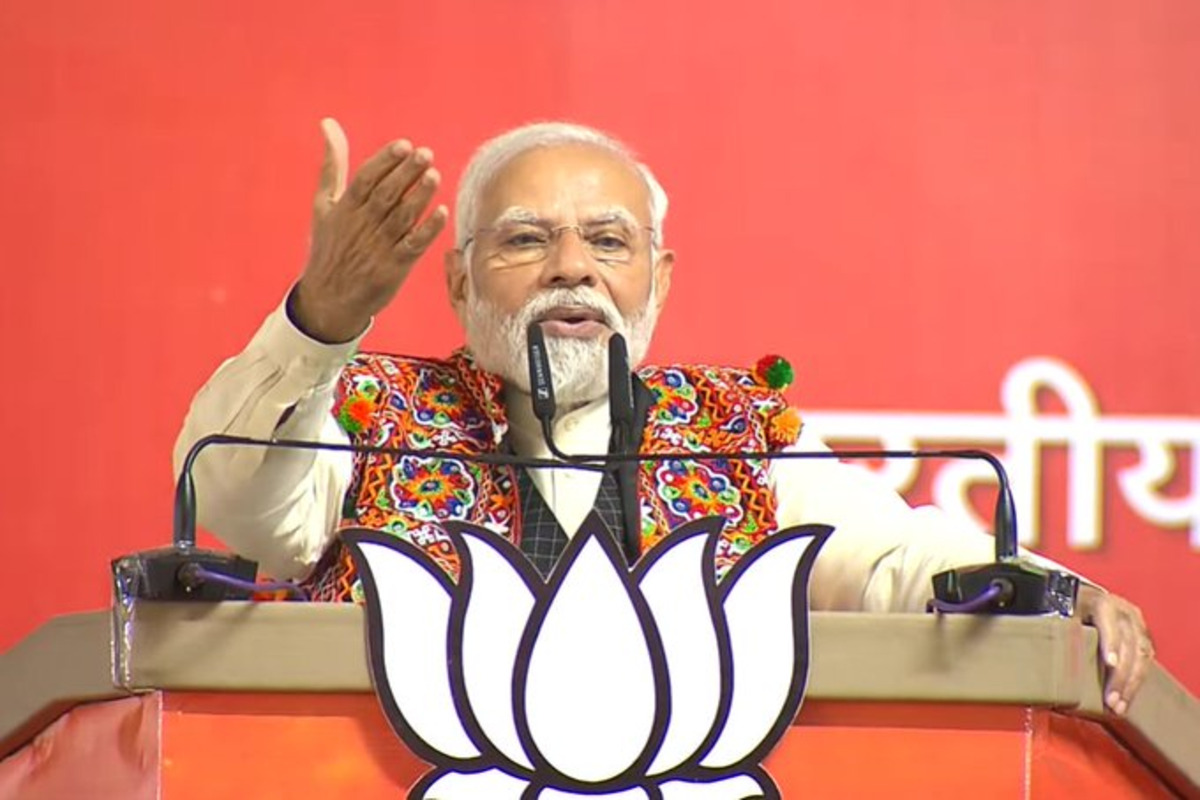

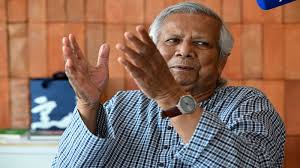






Comments (0)